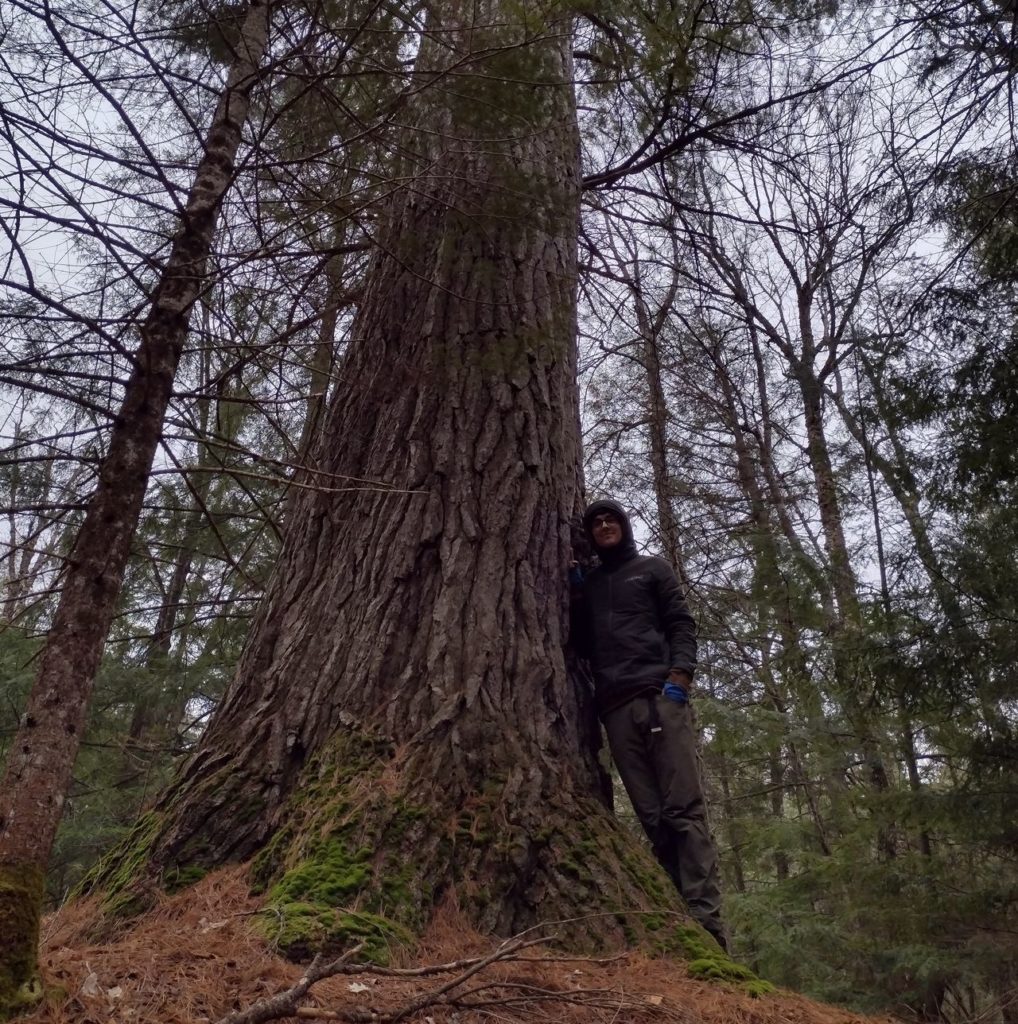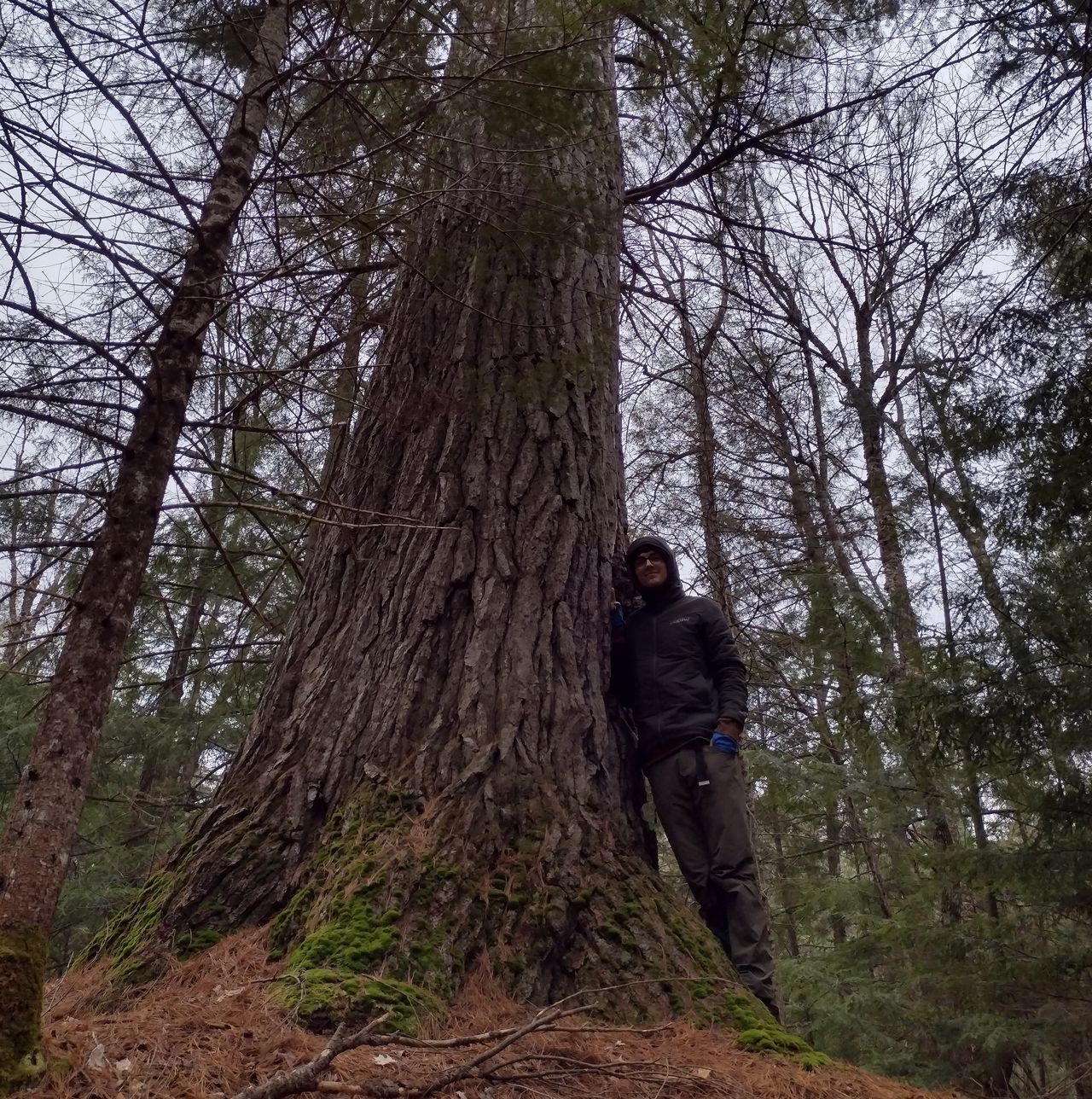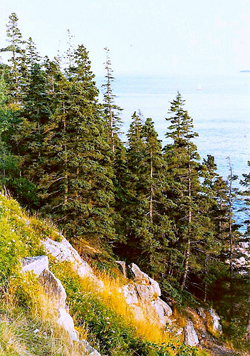The search for Michigan’s tallest tree has found its victor: a staggering Eastern White Pine located in a remote area on the state’s beautiful Upper Peninsula. Discovered by Nick Hansen during a backpacking trip through the McCormick Wilderness this spring, the tree was clearly special from the moment he spotted it, even by the dim light of a headlamp after dark.

I’d seen a lot of big white pines — I’ve been to Hartwick Pines — and this thing just dwarfed anything I’d seen in actual, designated old growth areas,” Hansen told Michigan Live. “I was pretty mystified by that.”
When his trip was over, Hansen reported the tree to Michigan Botanical Club’s Big Tree Register program, who sent out expert Byron Sailor to take its official measurements. As it turns out, the amazing 155-foot-tall tree is not just the state’s tallest white pine, it’s the tallest tree currently on record in Michigan. The previous champion was an Eastern White Pine topping out at 143 feet tall. It isn’t just its towering height that’s impressive, either. The tree has a 63-foot crown spread and a circumference of more than 15 feet.
State coordinator Ted Reuschel says the tree’s location makes it even more special. “The vast majority of the big trees on the register are not out in the woods; they’re in cemeteries and parks and golf courses and places like that,” places where they’ve been protected, he explains.




